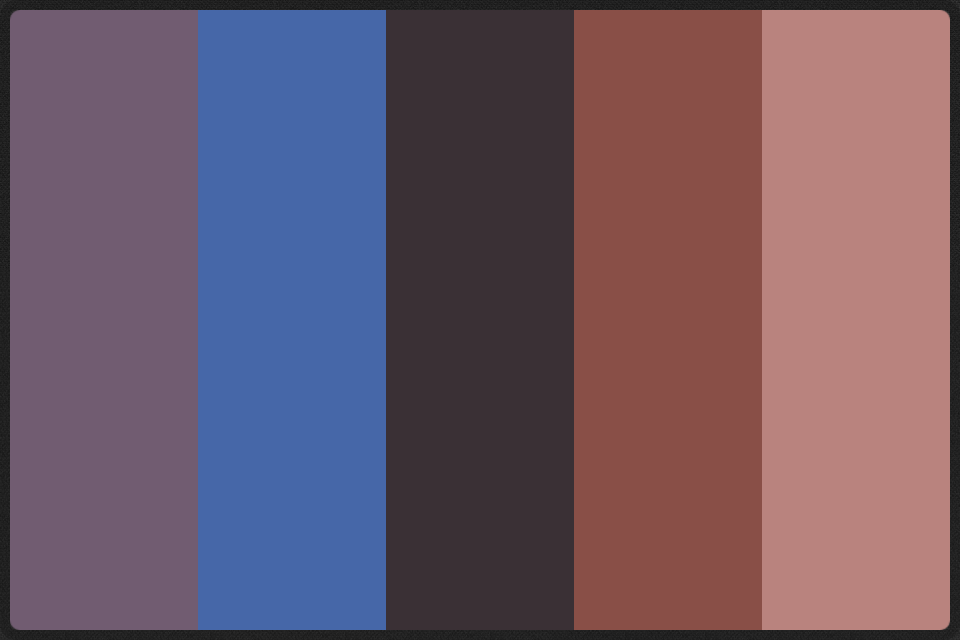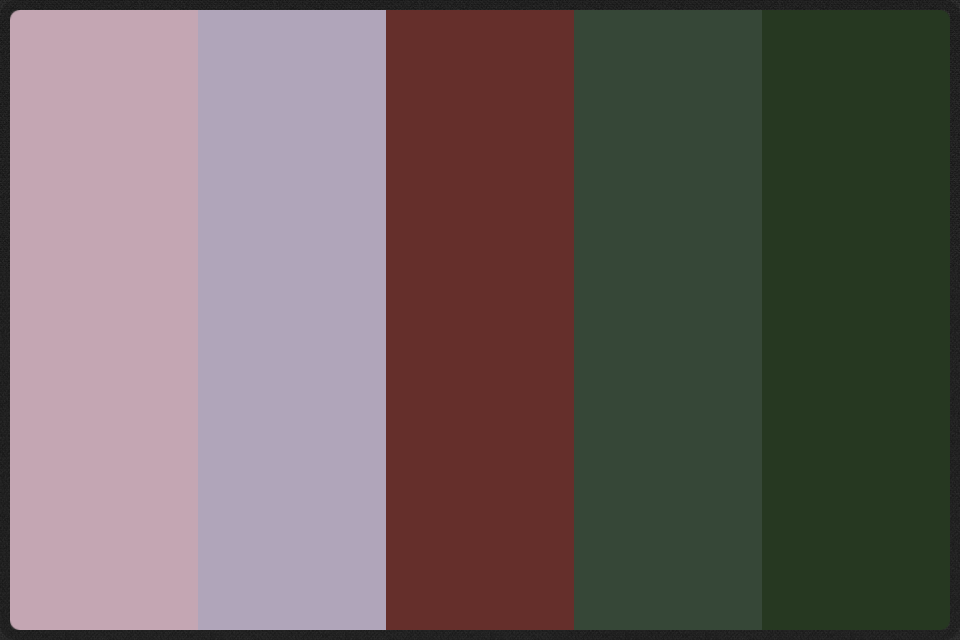Because I wanted to keep these colour analysees relative to the plants that they came from I have decided that I want to look at them as colour schemes rather than separate colours, this helps in the analysis anyway because colour is always relative to the others around it. I want to ask a few people what emotions they feel these colour schemes evoke and compairs these to the impressions of the plants themselves. I will not tell them anything about the origins of the colours so as not to effect the outcome.
PoppyComfort
Anger
Violence
Germany
Passive aggression
BarleyMedieval town
Empty forest
Sadness
Earthy
Bricks
Builders
Complex self loathing jealousy
Tacky dolphin
Field and freedom
Sea
National trust
Poetry
Female
Comfortable
Confusion
Poo
It's amazing the role intensity (saturation) and colour temperature play in the evocativeness of colours. For example, the description of the reds of the poppy as 'anger' is directly related to the heat that the colour suggests. Heat is something with a surpluses of energy and this is picked up in the word violent. It is hardly a surprise that this plant in particular has made its mark as the symbol of war. These colours when combined with the imobile shapes of the plant speak of a stagnent aggression about something that can no longer be changed, ' passive aggression' if you will.
What this really makes me think that combining shape and colour in the right way is incredibly evokative. Perhaps a project that could carry on from this research would be to continue this resesearch into emotions evoked by colour schemes and create an app or programm that allows you to select colours for a design project according to the emotions you want to evoke.








































































